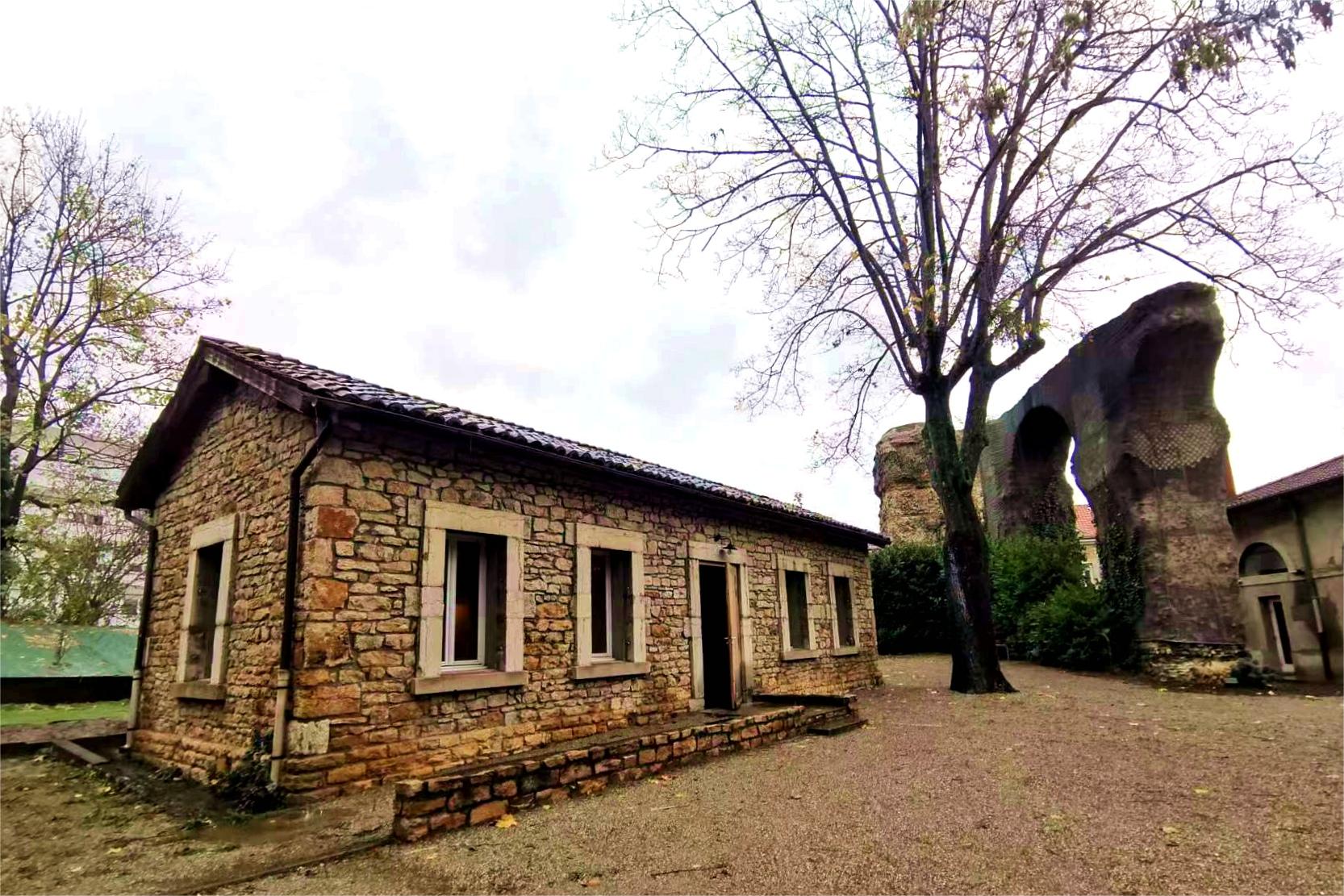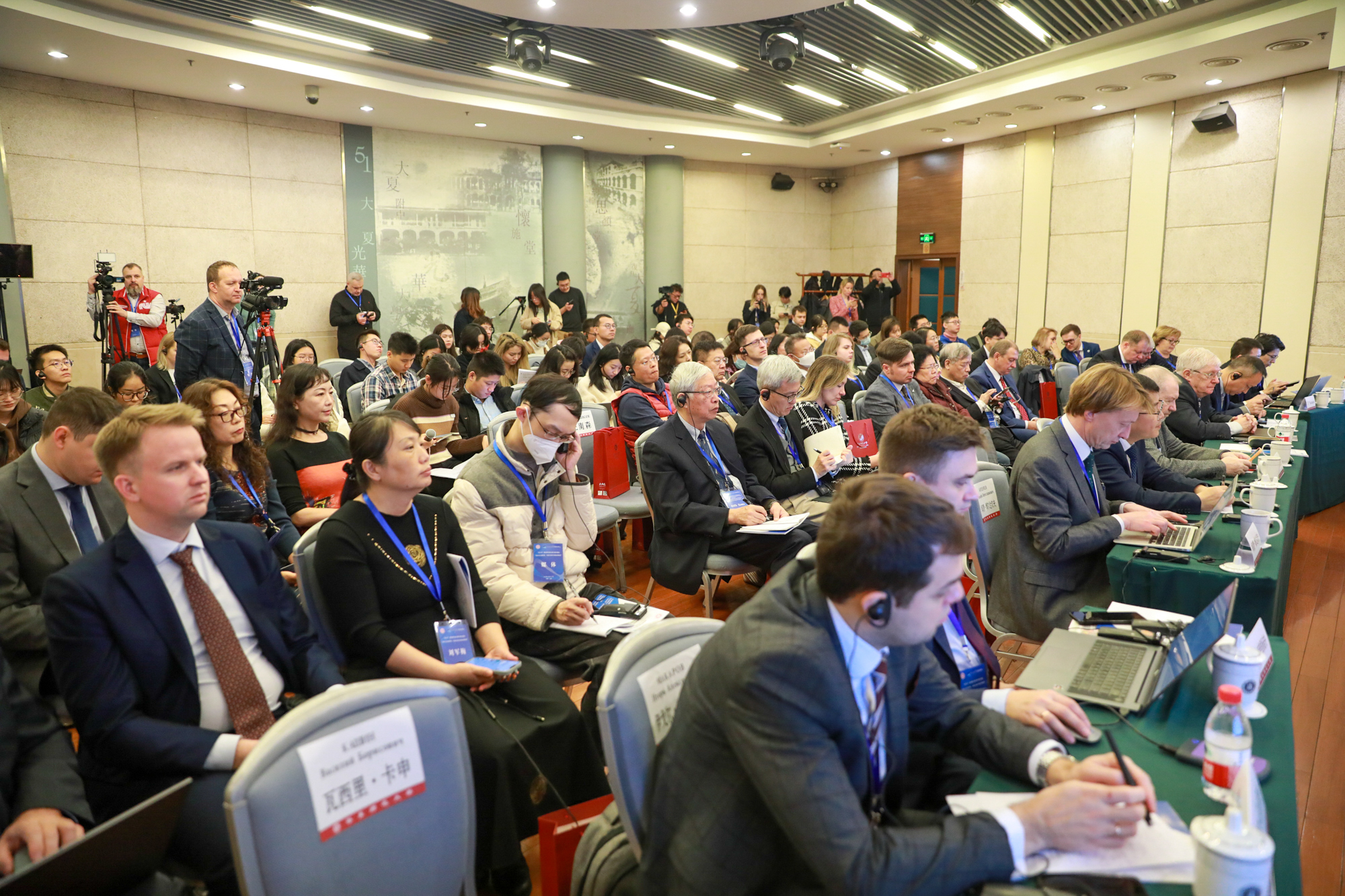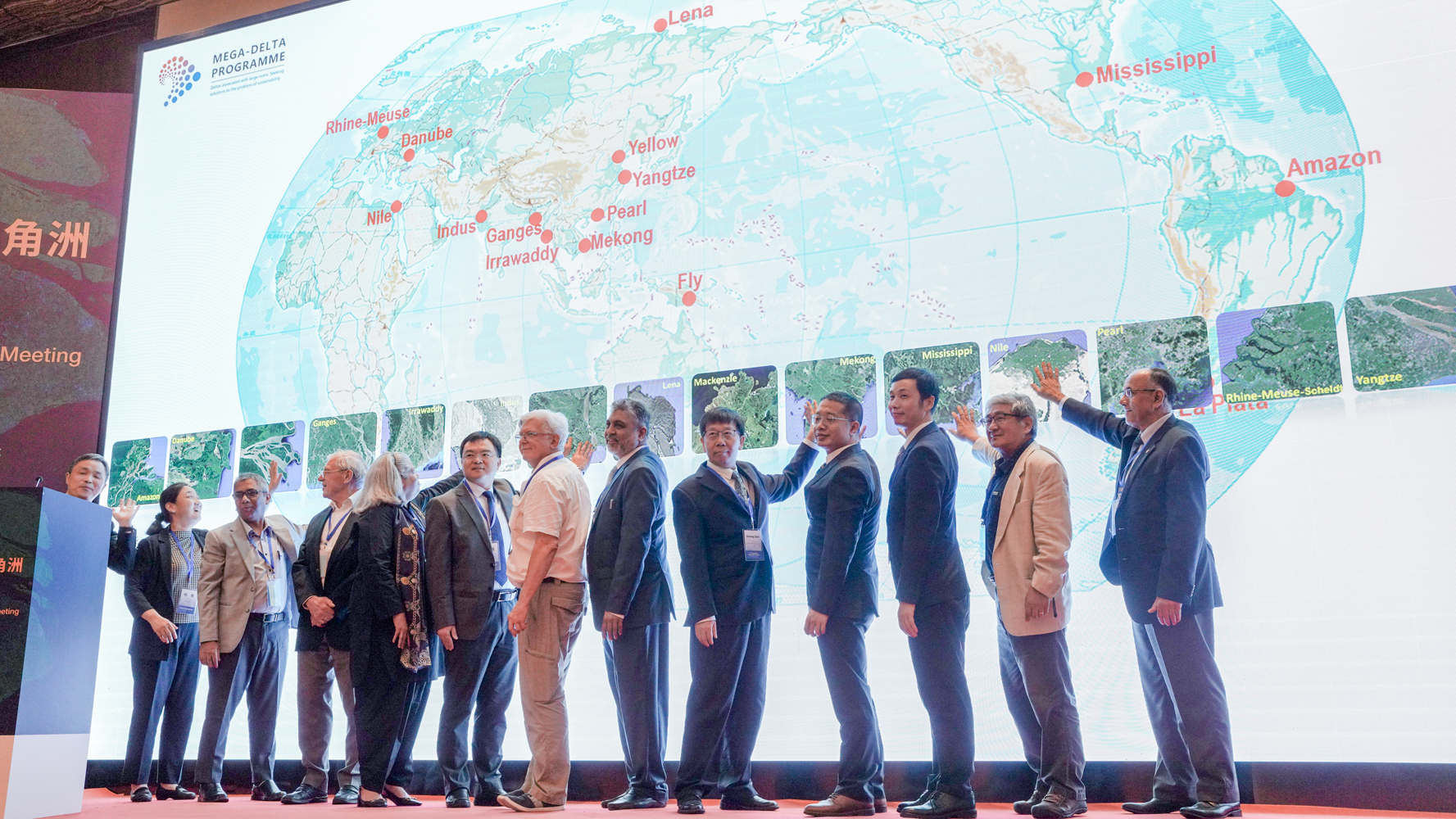# Hot Search #
Coastal transport is one of the major forms of coastal sediment movement. Traditional theory usually posits that the East Asian winter monsoon is the factor driving southward sediment transport from the Yangtze Delta, thus creating a 1000-km-long Zhejiang-Fujian mud wedge. However, the role of storms (especially typhoons) in the process has rarely been reported. A Chinese, Dutch and American cooperation team led by Prof. Yang Shilun from ECNU State Key Laboratory of Estuarine and Coastal Research (SKLEC) has discovered that storms are the main driving force for erosion and sediment transport southward in the Yangtze River’s underwater delta. Its results, titled “Storms dominate the erosion of the Yangtze Delta and southward sediment transport,” were recently published online in Science Bulletin.
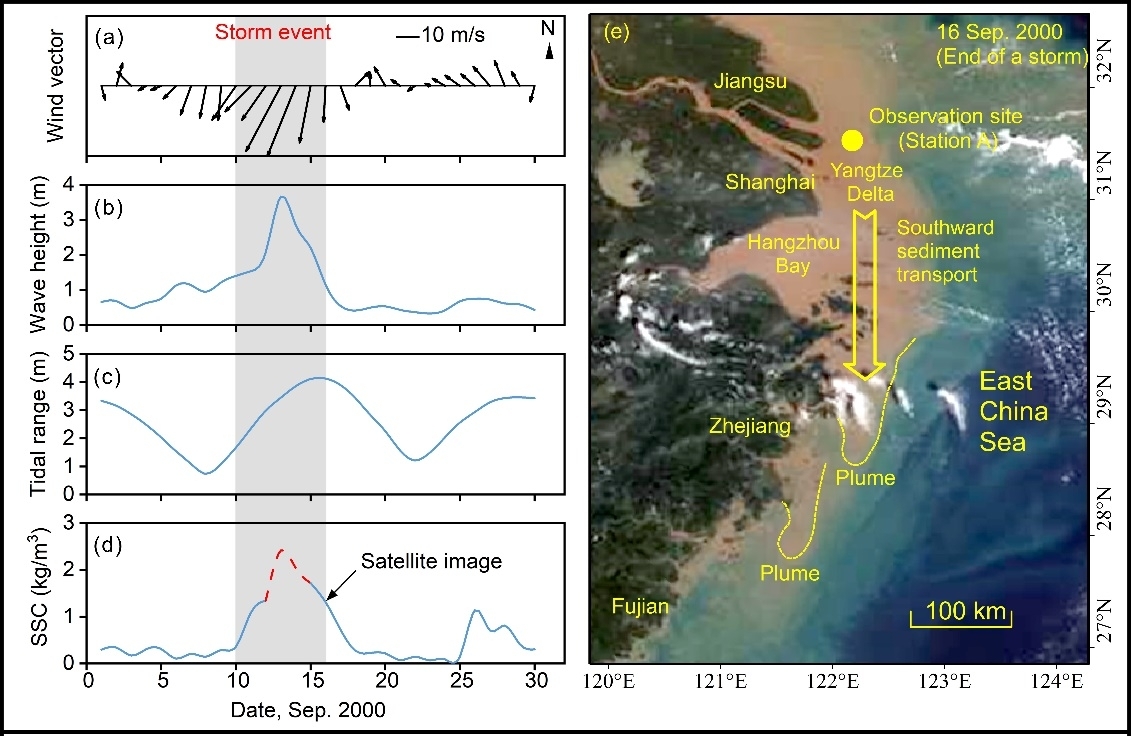
Strong waves, high suspended sediment concentration and southward migration of sediment caused by a storm in September 2000
The team’s study indicates that the storm-induced sediment resuspension and southward transport in the subaqueous delta of the Yangtze River occur not only in winter but also in other seasons. The contribution of storm events (with an average frequency of about 5%) to the total southward sediment transport varies from 23% to 92%, with an average of about 62% (1979-2018). Typhoon Malakas alone, that took place in September 2016, caused about 63 million tons of sediment to migrate southward from the Yangtze River Delta, equivalent to a quarter of the annual average multi-year sediment transport rate. Storm events have become the main driving mechanism of net erosion in the Yangtze River delta since the operation of the Three Gorges Reservoir in 2003. According to the study, the key mechanism of the above phenomenon is as follows: 1) the southward component of the coastal component of the storm predominates (annual average of 86%); 2) Storms usually form strong waves that cause large amounts of sediment to be resuspended and cause strong southward coastal residual currents that result in large amounts of sediment being transported southward. On this basis, the team proposed a conceptual model for the southward migration of sediment from the Yangtze River to the sea. This study provides a new perspective for deepening the driving theory about delta erosion and sediment transport.
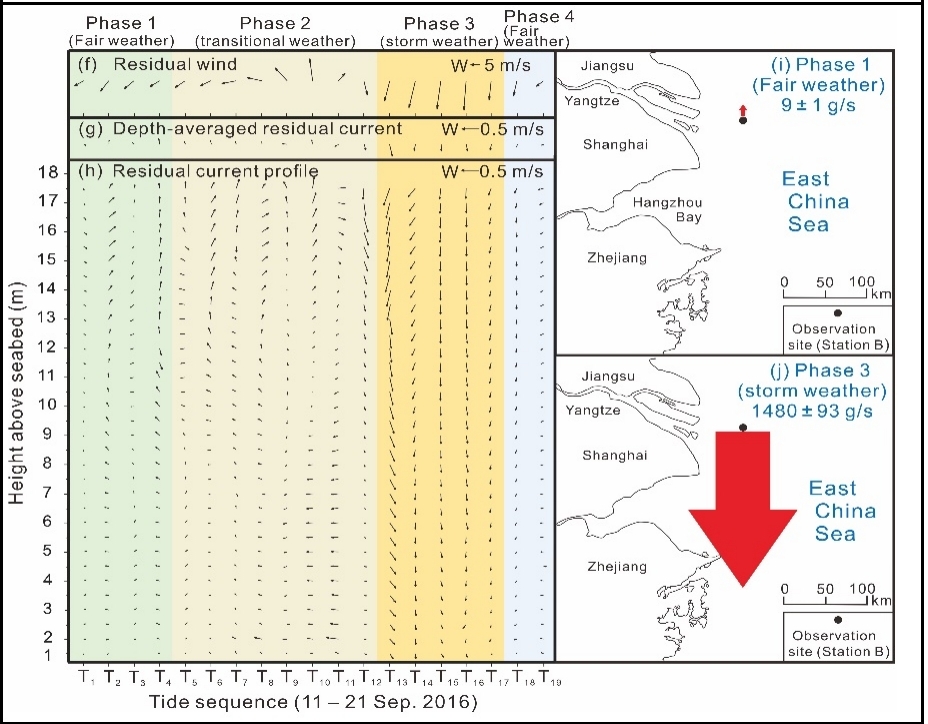
Comparison of coastal residual current and sediment transport before and after Typhoon Malakas in September 2016

Comparison of sediment volumes from the Yangtze River Delta southward caused by storms and normal winds in different years
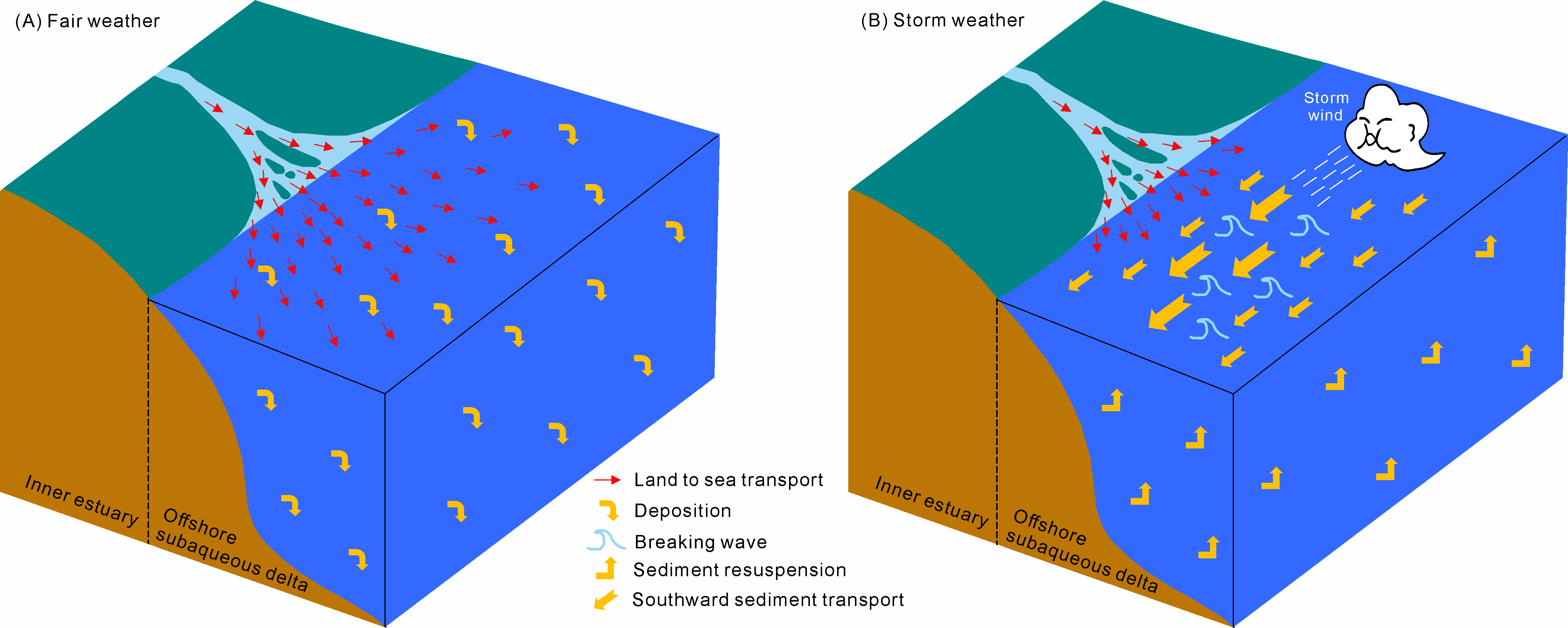
Simplified conceptual model of sediment transport from the Yangtze River to the sea under storms and fair weather
Prof. Yang Shilun from SKLEC is the first author and the corresponding author of this paper with the coauthors including Prof. Tjeerd J. Bouma from the Department of Estuarine and Delta Systems, Royal Netherlands Institute for Sea Research Utrecht University, Prof. Kehui Xu from Louisiana State University, U.S., Dr. Luo Xiangxin from Sun Yat-sen University, Senior Engineer Li Peng from the State Oceanic Administration of China, as well as Prof. Dai Zhijun, Prof. Guo Leicheng, Prof. Shi Benwei, Senior Engineer Zhang Wenxiang, Postdoctor Yang Haifei, Dr. Huang Yuanguang, Dr. Tian Min from ECNU. This study has been supported by the National Key Research and Development Program of China and the National Natural Science Foundation of China.
https://doi.org/10.1016/j.scib.2023.03.005
Copy editor: Melody Zhang, Philip Nash
Editor: Yvaine Lyu



